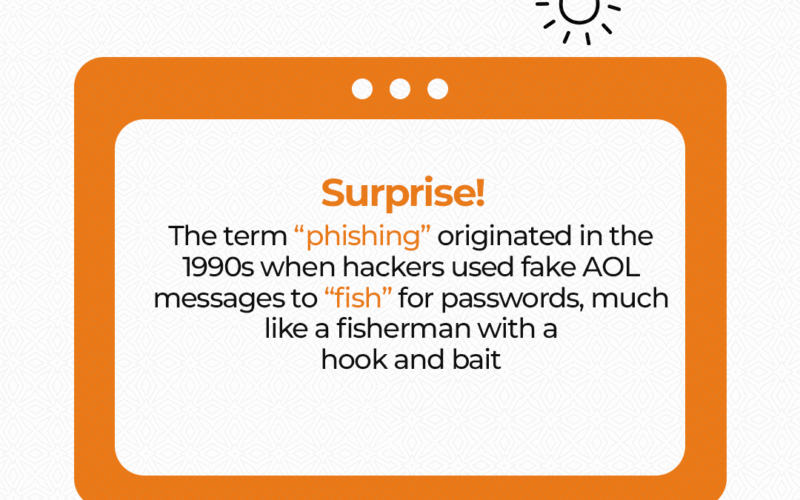The history of phishing dates back to the 1990s when hackers began sending fake AOL messages to steal passwords and credit card information. The term “phishing” comes from the idea of “fishing” for sensitive data using bait, just like a fisherman. Early tools like AOHell automated these scams, allowing even inexperienced users to attempt phishing attacks with minimal technical knowledge.
Understanding the history of phishing helps us see how these attacks evolved from simple pranks into one of the most profitable cybercrimes today. What started as casual deception has grown into a highly sophisticated global threat that affects individuals and businesses alike.
What Phishing Means Today
Phishing is a form of social engineering where attackers masquerade as trusted entities, banks, tech companies, or colleagues to steal sensitive information. It can happen through:
-
Emails
-
Text messages (smishing)
-
Voice calls (vishing)
-
Social media messages
Despite evolving technology, phishing still relies on one core principle: exploiting human trust.
Why Phishing Remains Dangerous
-
Exploits emotions: urgency, fear, or curiosity push people to act without thinking.
-
Mass reach: millions of people are online, and attackers only need a few victims to profit.
-
Automation tools: modern phishing kits make attacks easy and scalable.
How to Protect Yourself Against Phishing
-
Check links carefully: hover before clicking to see the real URL.
-
Never share sensitive info via email or message: type it directly on official sites.
-
Enable two-factor authentication (2FA): adds an extra layer of security.
-
Stay informed: recognize common phishing tactics and red flags.
-
Report phishing attempts: forward suspicious emails to your IT department or email provider.
Phishing may have started as a 1990s AOL prank, but it’s now a billion-dollar threat worldwide. Understanding its history and evolution can help you stay one step ahead and protect your digital life.
Staying informed, checking links carefully, and using extra security measures like two-factor authentication can make all the difference in keeping your accounts safe.


